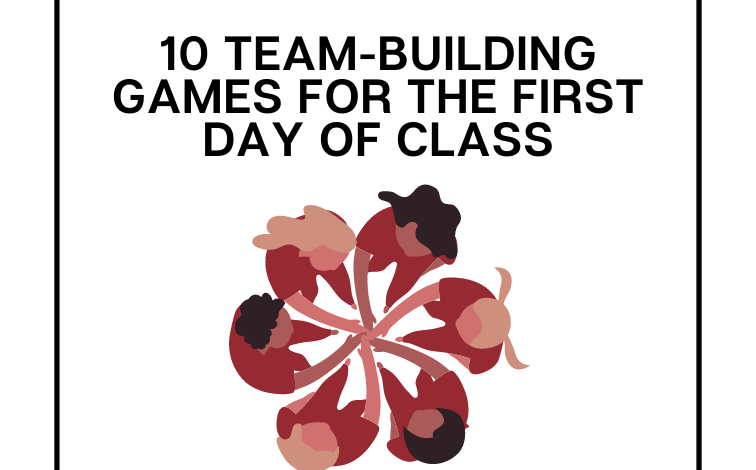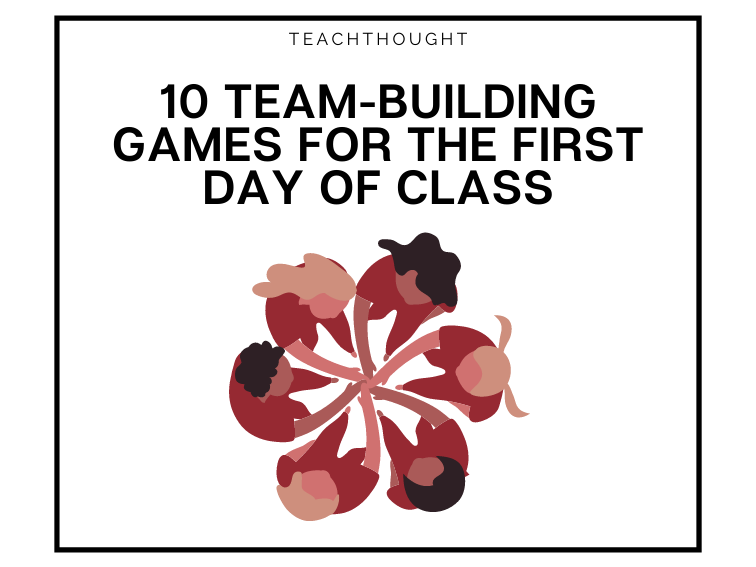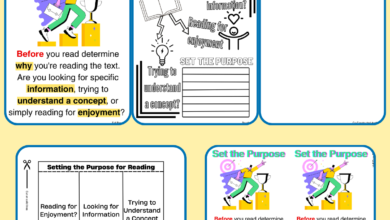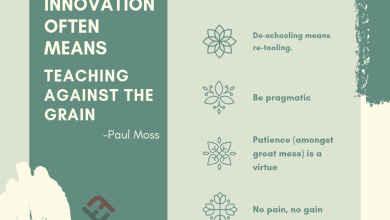10 Team-Building Games For The First Day Of Class


by TeachThought Staff
Team-building activities are great–especially for the first day of school or early in the school year,
Not only can they help establish routines, tone, and expectations, they’re also fun, and can help learners feel comfortable. Though many older students in high school and college may groan at their thought, they’re usually fun, and great ways to help students feel at ease. Before you dismiss them as too juvenile, try one. You might be surprised.
Note that which game you choose, your rules for the game, and any revisions to the rules depend on the nature of the class you’re using them with. Certain students may feel overly liberated—especially in middle school—with the idea of a ‘game,’ and so expectations must be carefully given to younger K-8 learners—and even 9-12—to ensure that every student is set up for success.
10 Team-Building Games For The First Day Of School
1. Me Too!
Ideal Grade Levels: K-20
The first student gives a fact about themselves—I love basketball, I have two sisters, etc. If that statement or fact is true about another student, they stand up and say “Me too!” They can also stay seated, but simply raise their hand and say “Me too!”
2. Park Bench
Ideal Grade Levels: 6-20
Two chairs are placed together to resemble a park bench. Two students volunteer—or are selected—to act out ‘what happened’ in a fictional news story. They are given one minute to prepare a scene where they discuss the ‘event’ without ever actually saying what happened. After given time period (1-5 minutes), peers guess ‘what happened,’ but they must give up all four important details: Who, What, Where, and When, e.g.:
What: College Basketball game
Who: Any two college or professional sports teams
When: Early April
Where: New Orleans
3. Fact or Fiction
Ideal Grade Levels: 3-12
In a circle, the first student offers two facts and one piece of fiction about themselves. Others raise their hand or are called on to identify which were facts, and which were fiction. The correct guesser goes next. Play is completed when all students have gone.
4. Green Door
Ideal Grade Levels: 5-20
A leader chooses a topic, but keeps it quiet, only saying that “You can bring a ____ through the green door.” Students are then forced to deduce the topic by asking if other things can be brought through the green door as well, e.g., “Can I bring a _____ through the green door?”
The leader can only reply yes or no. When a topic is identified, topic resets. Topics can be content-related, such as parts of speech, colors, geometric figures, historical figures, etc.
5. One Minute Talk
Ideal Grade Levels: 5-20
Students are chosen to give 60-second talks on anything, from self-selected topics they are passionate about, have specific expertise in, etc., to topics given from teacher. Classmates can then follow-up with one thing–no matter how innocuous–that they can ‘connect’ to or is somehow related to their life.
6. Count to Ten
Ideal Grade Levels: 3-20
All students stand in a circle. The first student says ‘1,’ or ‘1, 2.’ The next student picks up where that student left off and can say a maximum number of 2 numbers. The movement continues clockwise until it gets to 10, where that student has to sit, and the game starts back over at 1 at the next student.
Note that there can be no pausing or silent counting—any pauses or indications the student is counting/calculating forces them to sit. Also, pouting or talking during counting results in elimination from future rounds. The big idea is to count strategically so that you can keep from saying ’10.’
You can read more about How To Play The Count To Ten Team-Building Game.
7. I Never
Ideal Grade Levels: K-20
Students form a circle. The first student says something they’ve never done. Each student that has done the thing the other student has not steps briefly into the center. The game continues until every person has stated something they’ve done.
8. Magic Ball
Ideal Grade Levels: K-20
Students form a circle. The first student is ‘given’ an imaginary magic ball. The student sculpts an imaginary ball into a new shape, handing it to the person to their right. The activity is silent. Any talking/noise results in student sitting. After the game, guessing may be done to predict what ‘sculpture’ was.
9. Silent Line
Ideal Grade Levels: K-8
Students are given criteria, and must silently put themselves in a line as quickly as possible, to meet a goal, compete against other classes, or receive some reward (free reading time, no homework, etc.) The criteria can simple (birthdays), or slightly more complicated (alphabetical order of college or career ambition).
10. Inside-Outside Circle
Ideal Grade Levels: 3-20
Students form a circle within a circle with (ideally) an equal number of students in both circles. Inside circle members pair with outside circle members. Activity leader (usually teacher, but can be a student) presents a topic, prompt, or question.
Partners share for 10 seconds (or less), the leader asks inside the circle to move clockwise a certain number of spaces to collaborate with new partners directly across from them. This is usually content focuses and helps spur quick discussion on content-related topics, or even current events.
10 Team-Building Games For The First Day Of School; Source ‘The Advisory Book’ by Linda Crawford




